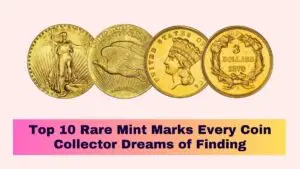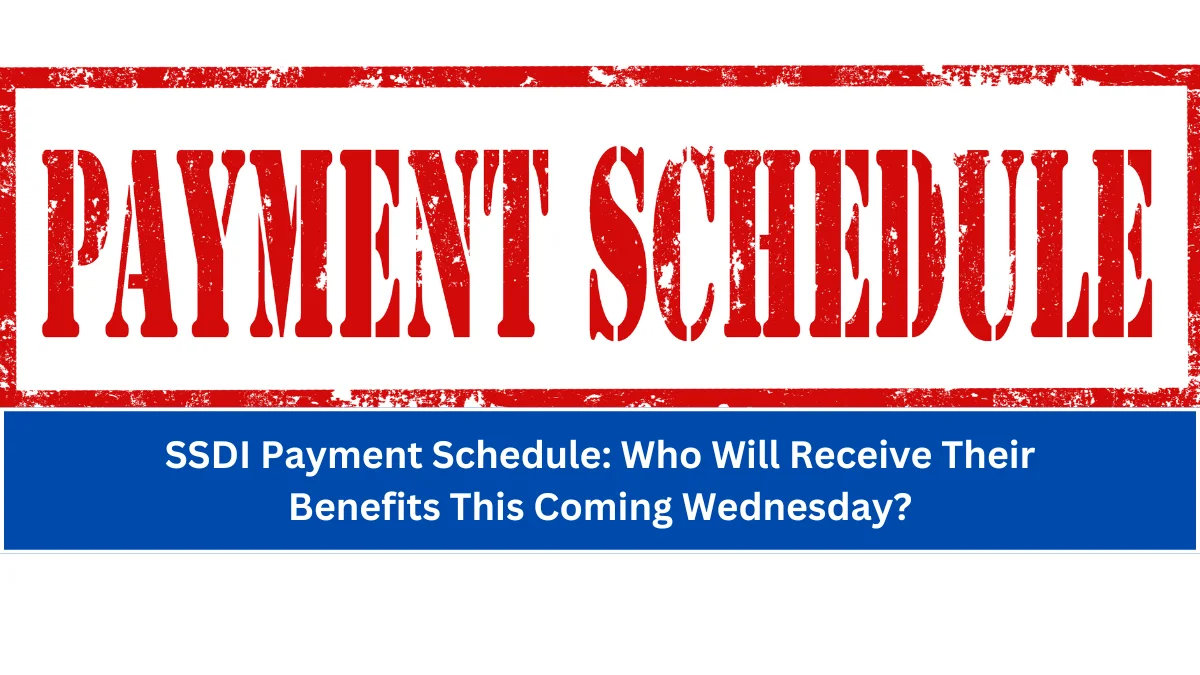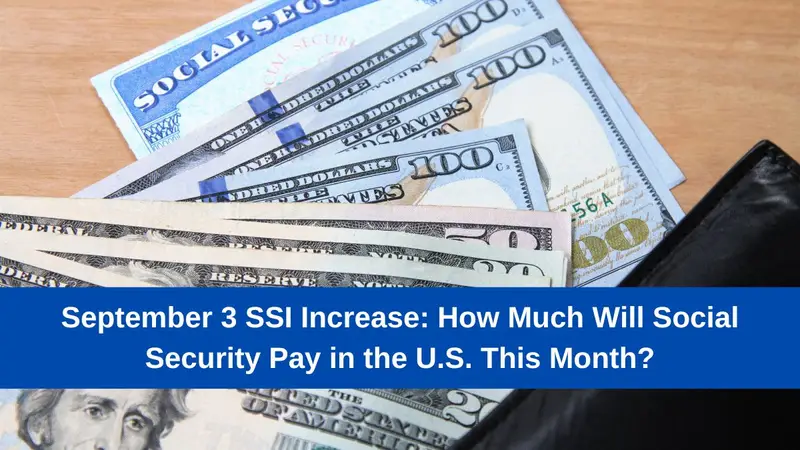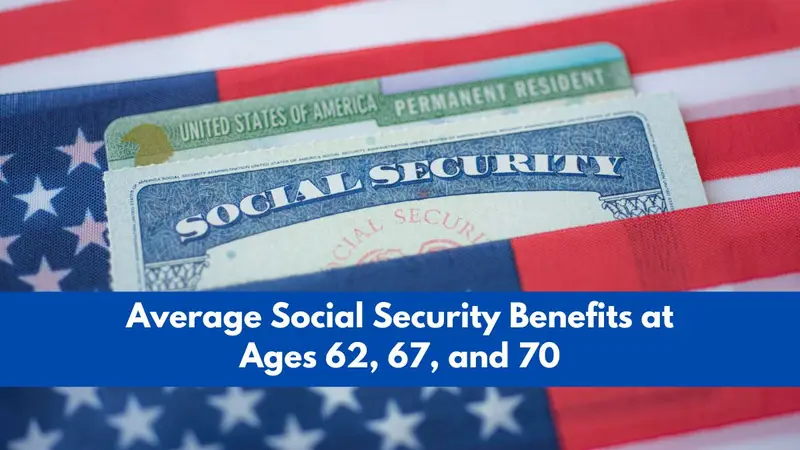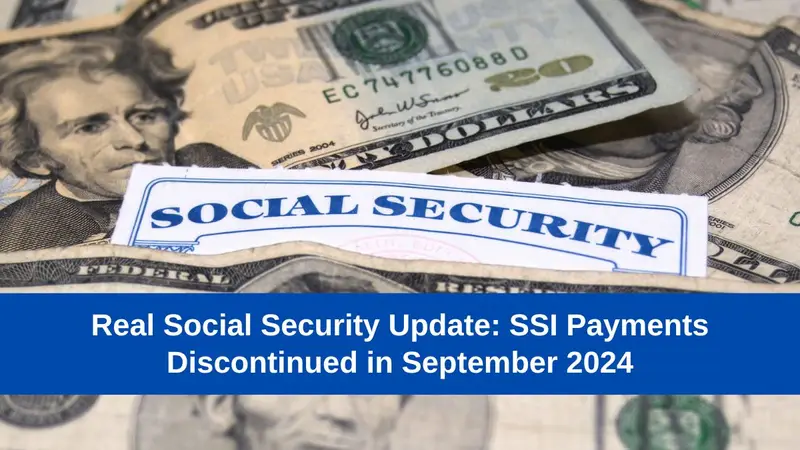The 1964 Jefferson Nickel is a common coin found in circulation, but some of its error varieties are anything but ordinary. These coins, struck during a time of rapid production to address a coin shortage, can be worth far more than their face value if they possess certain rare errors or features.
This article will delve into the various error types that make some 1964 nickels worth more than $10, sometimes even reaching thousands of dollars.
Understanding the 1964 Nickel Error
The 1964 Jefferson Nickel was minted in massive quantities, with over 2 billion produced across the Philadelphia and Denver mints. These nickels are composed of 75% copper and 25% nickel, weighing 5 grams each.
Due to the high mintage, most 1964 nickels are relatively common and have a low value, particularly in circulated condition. However, certain minting errors and high-grade specimens can significantly increase their value.
Key Error Types to Look For
1. Full Steps (FS) Designation
- Definition: The Full Steps designation refers to the clear visibility of the steps on Monticello, the building depicted on the reverse of the coin. A 1964 nickel with five or six full steps is considered rare.
- Value: A 1964 Jefferson nickel with Full Steps can be worth between $20 and $15,000, depending on its condition and grade. For instance, a 1964 FS Nickel graded MS67 sold for $14,100 in 2017.
2. 1964 Nickel Struck on a 1C Planchet
- Definition: This error occurs when a 1964 nickel is struck on a one-cent (1C) planchet, resulting in a lighter coin with a distinctive copper color.
- Value: A 1964 nickel with this error, in an AU58 grade, sold for approximately $180. Higher grades, such as MS62 RB, have fetched around $299.
3. Four Strikes and Three Off-Center Error
- Definition: This rare error occurs when a coin is struck four times, but three of these strikes are off-center, resulting in a misaligned design.
- Value: Examples of this error can be quite valuable, with some selling for up to $1,200 depending on their condition.
4. Late Brockage Error
- Definition: A brockage error happens when a coin exhibits an irregularity on both sides, typically due to a malfunction during the striking process.
- Value: A 1964 nickel with this error, graded MS62, was sold for around $400.
5. Nickel Struck on a Philippine 10-Centavo Planchet
- Definition: During a period when the Philippines was under U.S. administration, some nickels were mistakenly struck on planchets meant for Philippine 10-centavo coins.
- Value: These coins, lighter than a standard nickel, have fetched prices as high as $1,000.
1964 Nickel Error Value Table
| Error Type | Description | Approximate Value |
|---|---|---|
| Full Steps (FS) | Clear visibility of all steps on Monticello | $20 – $15,000 |
| Struck on 1C Planchet | Nickel struck on a one-cent planchet | $180 – $299 |
| Four Strikes and Three Off-Center | Four strikes with three off-center | Up to $1,200 |
| Late Brockage | Irregularity on both sides due to striking error | $400 |
| Struck on Philippine 10-Centavo Planchet | Nickel struck on a planchet meant for Philippine coins | Up to $1,000 |
Conclusion
The 1964 Jefferson Nickel may seem ordinary, but certain error varieties can make it a collector’s dream. Whether you are a seasoned collector or a curious beginner, keep an eye out for these rare errors, as they can turn a simple five-cent coin into a valuable treasure worth thousands.
FAQs
1. How do I identify a 1964 nickel with the Full Steps designation?
To qualify as a Full Steps nickel, the steps on Monticello must be fully visible without breaks, typically requiring a coin in uncirculated condition.
2. What is the value of a regular 1964 nickel?
In circulated condition, a 1964 nickel is generally worth between $0.10 and $0.20. High-grade, uncirculated nickels can be worth more, but the true value lies in error coins.
3. Are all 1964 nickels with errors valuable?
Not all errors will make a 1964 nickel valuable. The rarity and type of error, along with the coin’s condition, play significant roles in determining its value.
4. How can I tell if my 1964 nickel was struck on a 1C planchet?
Weigh the coin; a nickel struck on a one-cent planchet will weigh around 3 grams instead of the usual 5 grams.
5. Where can I sell my 1964 nickel?
You can sell valuable 1964 nickels through coin dealers, auction houses, or online platforms specializing in rare coins.
References



